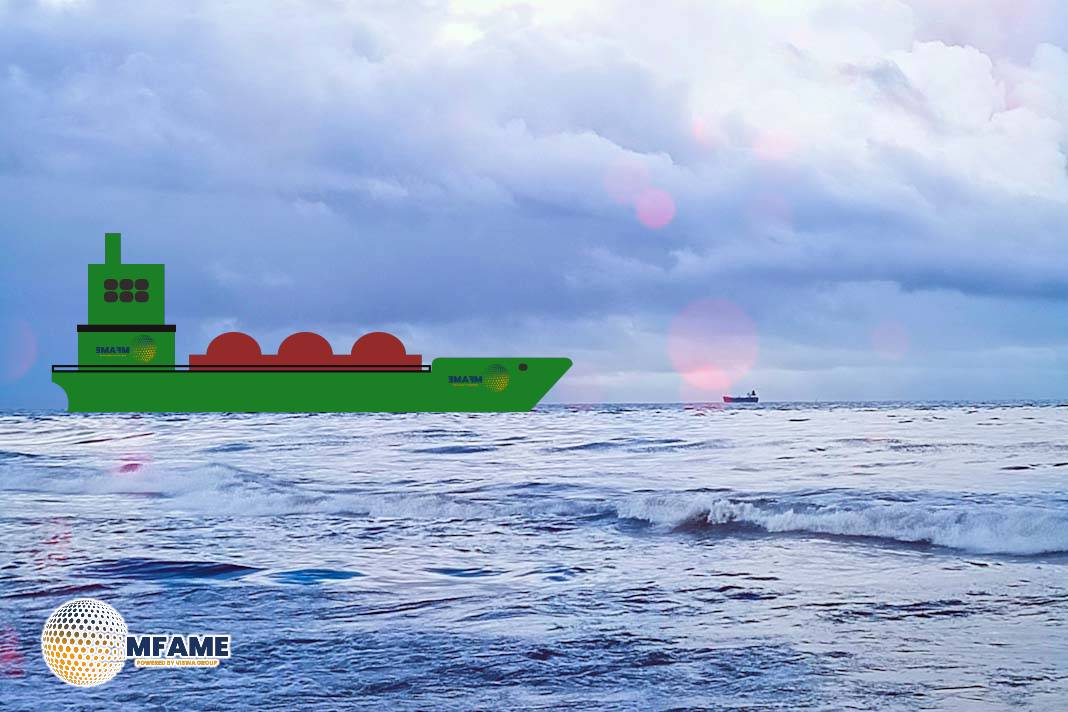- Canada plans to revamp the Port of Churchill into a strategic Arctic gateway for exporting natural gas, potash, and other commodities to Europe.
- Icebreaking ships, new roads, and rail upgrades are proposed to extend the port’s limited shipping season and reduce transport costs for remote northern communities.
- Strong Indigenous and provincial collaboration is driving the project, though skepticism remains due to Churchill’s long history of unrealized development attempts.
The Canadian government is exploring the revitalization of the Port of Churchill—a remote deep-water port on Hudson Bay—as a strategic export hub for natural gas, potash, canola, and other key commodities, reports gCaptain.
Energy Minister Tim Hodgson described the vision as having “tremendous potential,” especially given Churchill’s latitude—nearly on par with Oslo, Norway—making it uniquely positioned to serve emerging Arctic shipping routes.
Diversifying Beyond U.S. Reliance
In a bid to reduce its heavy reliance on U.S. markets, Canada is aggressively seeking alternative pathways to global trade. The development of Churchill into a major export outlet would help link resource-rich western provinces with European and global markets, bypassing dependency on traditional gateways to the south.
Infrastructure Overhaul: Icebreakers, Roads, and Rail
Churchill’s durability as a year-round port has been limited by persistent ice coverage. Hodgson’s plans, however, include deploying new icebreakers to extend the shipping season beyond the current four months. Complementing this is the proposal for an all-weather road alongside the existing pipeline, which—if built—could dramatically transform how critical minerals and supplies move through the region, significantly reducing transportation costs for remote Northern communities.
Indigenous Leadership and Local Partnerships
A critical element of the initiative is the strong alignment among multiple stakeholders, including Manitoba’s provincial government and local Indigenous communities. Energy Minister Hodgson and Manitoba Premier Wab Kinew, who is Indigenous himself, have emphasized the unprecedented level of coordination between First Nations, Métis groups, provincial authorities, and private proponents—creating a fertile environment for inclusive growth.
Skepticism and Historic Struggles
Not everyone is convinced. Critics, such as Heather Exner‑Pirot from the Macdonald‑Laurier Institute, point to nearly a century of failed attempts to scale up Churchill. Many of these efforts have been government-driven, with few private-sector shippers expressing confidence. Insurance concerns, environmental protection standards, and land rights add to the complexities, with doubts that Churchill can realistically compete with established West and East Coast ports.
A Modest Revival with Growth Potential
Despite past setbacks, Churchill has seen a quieter resurgence in recent years. Arctic Gateway Group—an Aboriginal‑led consortium—took ownership in 2018, investing in railway repairs and expanding port infrastructure. This year alone, the port is targeting 20,000 tons of zinc concentrate, along with grain shipments as the ice clears. With operational rail links and upgrades underway, leaders are positioning Churchill as “ready to serve the country,” if the momentum continues.
Did you subscribe to our Daily newsletter?
It’s Free! Click here to Subscribe!
Source: gCaptain

















